Finding ease with emotions
Waiting in line to buy a coffee I find myself rehearsing the little interaction that’s coming up.
“Hi, how are you”
“Good, you?”
“What can I get you?”
And so on.
Usually social exchanges are easy for me. But for the last few days I have been holding a dragging feeling of anxiety in my chest and I’m beginning to second guess myself.
Some people say that emotions only last a few seconds or minutes but this feeling seems to have moved in and made itself at home.
One idea about why this happens is that we reinforce emotions by thinking about them.
It may be a running commentary, a critical voice, or planning what we can do to make things better. All this mental activity can have the unintended consequence of keeping emotions going.
A fancy name for this is discrepancy based processing. The discrepancy is the gap between what is happening and what you want to be happening. And the processing is all the thinking you are doing to try and bridge that gap.
This isn’t an unreasonable thing to do. There are gaps we can bridge with thinking. It’s just that these gaps tend to be outside of ourselves, like planning how to travel from London to Paris. If we try to use thinking to bridge an internal gap, such as how we are feeling, we end up feeding the feeling, just like we fuel a fire with wood.
Turning away and touching are both wrong.
Because it is like a massive fire.
Dongshan
So what are we to do?
Mindfulness can help with this as it enables us to become aware of how we are feeding things. This then opens possibilities for how we can not do that so much.
In this way, if we stop feeding the fire it can die down in its own time. Emotions can then serve their purpose for as long as we need them and then they can move on.
But do emotions persist without the psychological fuel of repetitive thinking?
Over the years of learning mindfulness I have found that I am less prone to getting hijacked by negative thinking. And if it does happen, I notice it more easily and am able to take the wind out of its sails so it loses power.
And yet at times I do still find painful emotions hanging around. What’s this all about? In truth I’m not entirely sure why this happens but with mindfulness skills I do have a sense of what’s helpful.
If we return to the fire analogy what would we do if we found ourselves sitting near a massive fire and becoming uncomfortably hot?
The most straightforward option may be to move back a little, allowing some more space between us and the fire so we can cool down.
But how do you move away from something that’s inside you?
We’re in danger of tying ourselves in philosophical knots here (how can you move away from you?) So it may be helpful to rephrase this as "how can you allow more psychological space within you so that any emotion isn’t so disturbing or overwhelming?"
One factor that plays an important part in our sense of psychological space is our attention. If we narrow our attention our sense of space closes down and if we widen our attention our sense of space opens up.
Learning to use attention skilfully is part of learning mindfulness. This provides a practical way of navigating challenging experiences like painful emotions.
If you would like to try your hand at this here is a practical introduction to finding ease with emotions:
If you’d like to find out more about mindfulness you can sign up below for practical tips and insights.
And if you’d like to explore working together…
